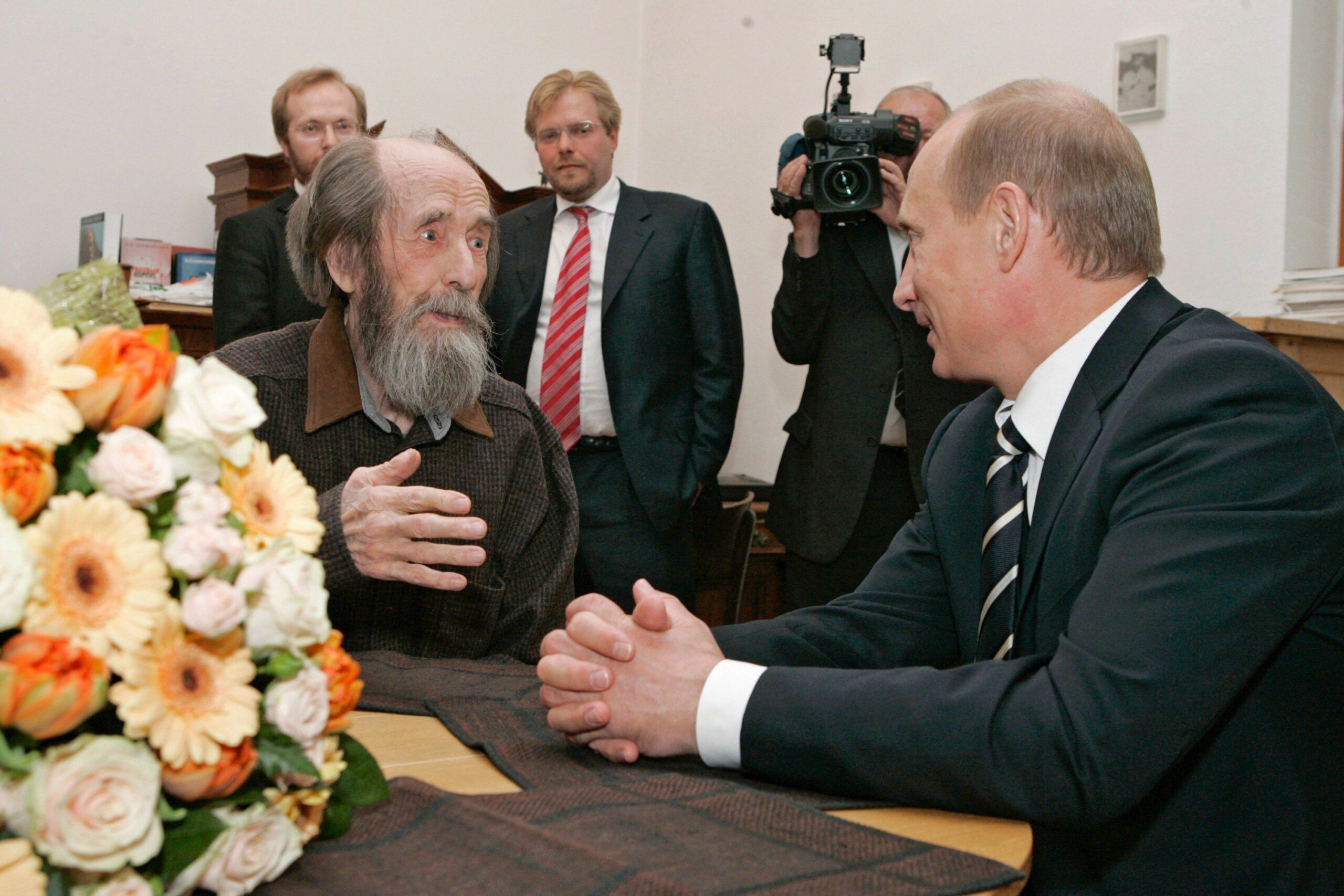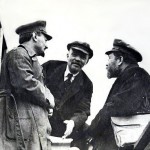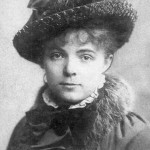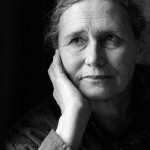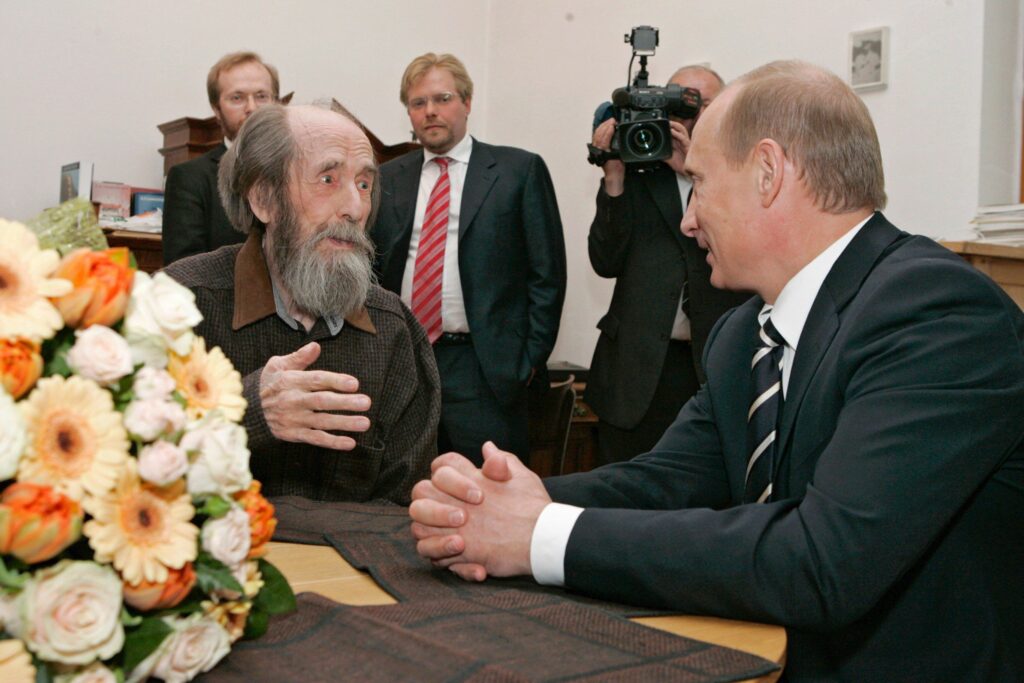
SOLZHENITSYN died in August 2008, at the age of 89. He is never forgotten, or so we hope and expect. With his courage, his humour, and his determination go his experience of suffering and survival in Stalin’s labour camps.
Those terrible camps form the centrepiece of Solzhenitsyn’s greatest book, THE GULAG ARCHIPELAGO. When the great black shadow of Stalin had gone, the brief reign of President Khrushchev gave the protesting author some encouragement. GULAG was first published in English, after its publication in the USA in 1973.
Before moving on to this main subject, firstly a glance at some of Solzhenitsyn’s other works, appearing before ‘Gulag’ arrived, Solzenhitsyn’s name became well-known for a short novel, “One Day in the Life of Ivan Denisovich”, which first saw the light in a Soviet magazine in 1962. Here, Solzhenitsyn reveals something of the hardships and poverty of his early life – a poverty which must have fortified his incarceration in the Camps.
“Ivan Denisovich” was filmed in 1973, mainly in Norway.
‘The First Circle’, 1968, described by one reviewer in the ‘New York Times’ as ‘A book of great sadness with deep veins of humour’. Like Tolstoi, Solzhenitsyn is a great storyteller; who quotes his Olga as saying “Only someone who can laugh heartily is fit to live,”
‘August 1914’, in 1972, is described as his greatest book. Gulag has yet to appear, while here are Germans in retreat…
Here in an extract from ‘The First Circle’, Nershin goes to the university to see his wife Nadya again. Their every movement is watched, their every whisper overheard. The warden is there to supervise their meeting, Nershin worries about Nadya’s thinness, her breasts now flatter under her clothes.
‘I do eat well,’ she lied. ‘it’s just that I have such a busy life, and I’m always so harassed.’
‘How is that? Tell me about it.’
’No, you tell me about yourself first.’
‘What is there to tell you?’ Nershin said, smiling. ‘I’m all right.’
‘Well, you see – ‘ she began hesitantly.
The warder… watched them with the supercilious air of a stone lion guarding the entrance to a public building.
They had to find a way of speaking that would be above his head, an allusive language of obscure references. They relied on their greater intelligence, of which they felt comfortably aware, to guide them.
‘Is the suit yours?’. she asked.
Nerzhin made a wry face and shook his head,
‘Mine? Only for three hours. It’s like a Potemkin village. Don’t let the Sphinx bother you.’
‘I can’t help it,’ she said,,,. “We get used to looking at the funny side of it.’…
Nadya, ‘But we don’t.’
So to the mighty ‘Gulag Archipelago’ – yes, a masterpiece, and highly readable. Its construction alone is remarkable. Compiled, documented, written, when Solzhenitsyn was out of the Camps and forced to live in exile. Assembled and written in Kazakstan, where he was living in a hen house with one dirty window and a low roof.
The urge to write, to record, the fever to reveal all, slowly brought their rewards, with startling responses of acclaim when the book at length appeared. So we all became able to learn of the way some peoples – some other peoples – ruled and were ruled on our planet. From this hell President Putin came.
What we find in this unique book is the architecture of life-and-death in a terrible linkage. Irony alone, it appears, could accommodate that linkage. That irony, that cruel humour, is there confronting us on the first page. Solzhenitsyn tells us that many get to ‘that clandestine Archipelago’, where his term, his invention, is itself a joke of a kind.
He informs us, ‘And those who, like you and me, dear reader, go there to die, must get there solely and compulsorily via arrest.’
And an example of something openly more serious – Section 7 is entitled ‘The Way of Life and Customs of the Natives. Here is a brief extract:
‘From the autumn of 1938 to February 1939, at one of the Ust-VYM camps, 385 out oF 550 prisoners died. Certain work brigades died off totally, including the brigadiers. In the autumn of 1941, Pechorlag (the railway camp) had a listed population of fifty thousand prisoners, and in the spring of 1942, ten thousand. During this period, not one prisoner transport was sent out of Pechorlag anywhere – so where did the forty thousand prisoners go? I have written thousand here in italics – why? Because I learned these figures accidentally from a zek who had access to them. But you would not be able to get them for all camps in all periods, not to total them up.Corpses withered from pellagra (no buttocks, and women with no breasts), or rotting from scurvy, were checked out in the morgue cabin and sometimes in the open air…..
At one time they used to bury the bodies in their underwear.
And then came an across-the-board regulation ‘not to waste any underwear on corpses at all [it could still be used for the living] but to bury the corpses naked.’
And Solzhenitsyn goes on to remark how, in Old Russia, it was believed that a corpse must have a coffin – even the lowliest rogue needed a coffin – in which, as if in a canoe, he could float away to his Creator.
So these terrifying events transpired while we in Britain were looking for new homes or mistresses, or complaining about our pensions. This indefatigable exile in his own land compiled his histories and his revelations, with insights into individual lives. those who were labelled ‘Enemies of the State’.
The difficulties Solzenhitsyn overcame were formidable, before the appearance of his mighty work across the world. Firstly there was the need for preservation of Solzhenitsyn’s papers; then came the collection, in primitive conditions, of data and reminiscence, with problems of translation in many cases. Finally, the question of publication in various countries [presumably not Kazakistan]. Surely only a man of stubborn and combative temperament could have overcome such pyramids of impediment.
I was pleased to write the Introduction to a Folio Society edition of ‘GULAG’ in 2005. A friend of mine, Michael Scammell, was bolder, and wrote a mighty biography of Solzhenitsyn, simply entitled ‘Solzenhitsyn’, for which he wisely solicited co-operation from Solzhenitsyn himself.
Solzhenitsyn’s first wife told Scammelll that he had taken Das Kapital with him on their honeymoon. The marriage did not last.
More lasting is this inspirational bible of injustice, imprisonment and suffering, THE GULAG ARCHIPELAGO 1918-1956.

